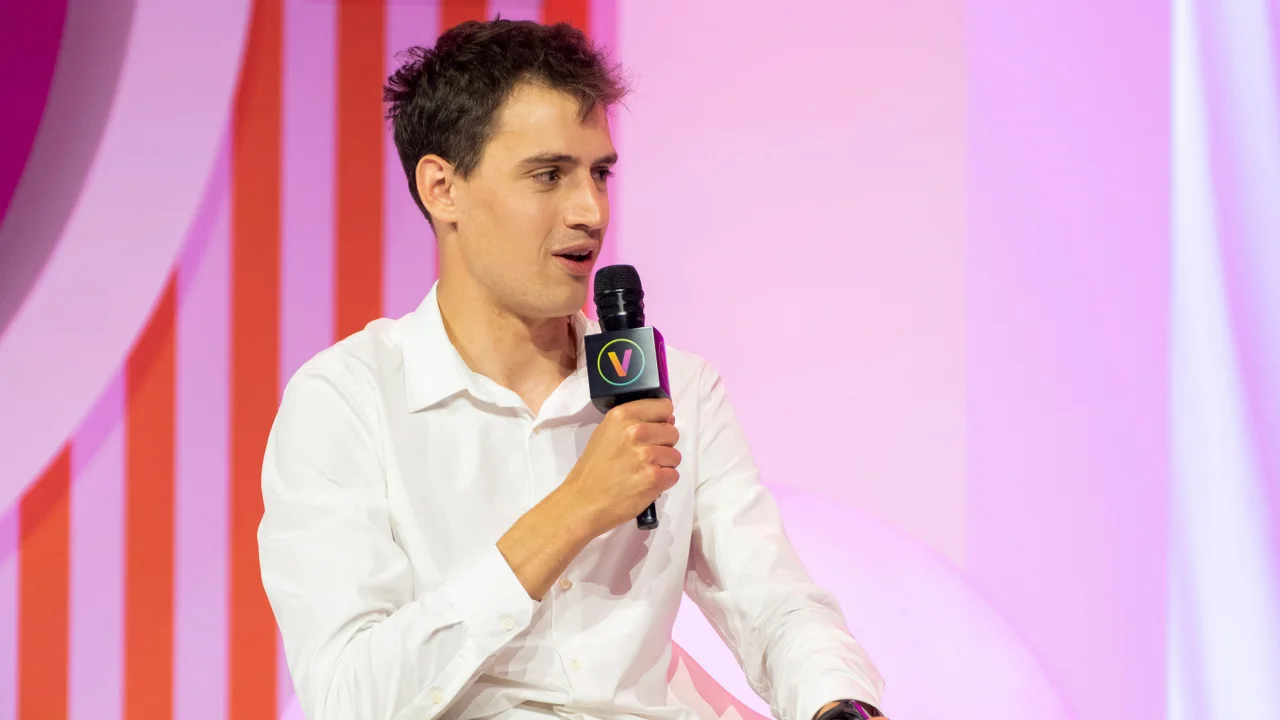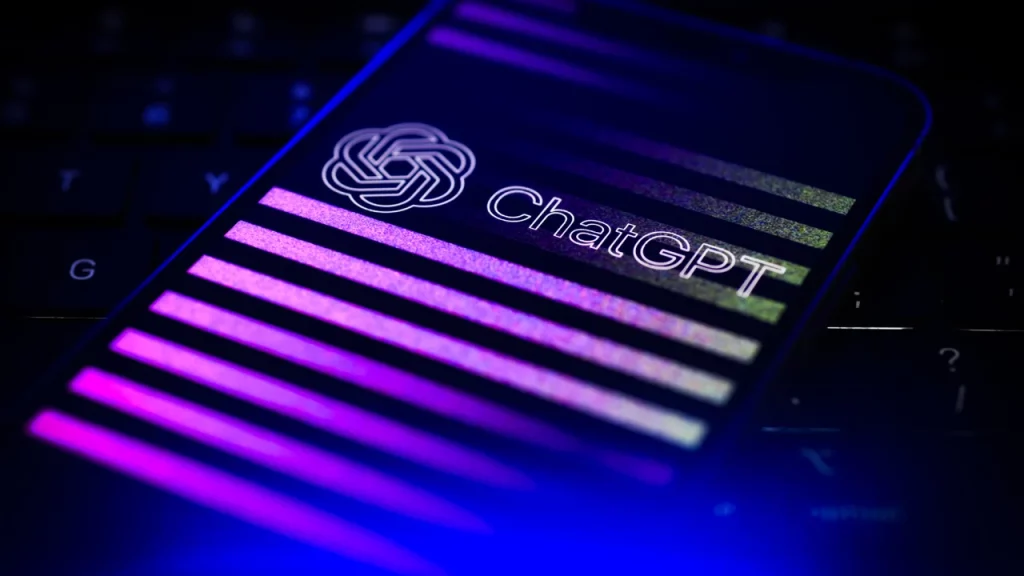AI investment is booming.

AI investment is booming.
In one of Europe’s largest-ever seed rounds last month, Mistral AI raised €105 million ($118 million) without a working product. Antoine Moyroud, a partner at Lightspeed Venture Partners, one of the firm’s biggest backers, wasn’t phased.
According to him, it may seem like a lot, but the company has big, global ambitions and requires expensive computing power in order to accomplish them.
A blowout deal is just one example of the feverish excitement about the potential for “generative” artificial intelligence to generate whopping returns for investors.
However, some investors and people in the industry are concerned that the funding frenzy is turning into a bubble, since money is being thrown at companies that neither have earnings nor an innovative product.

According to Stability AI founder and chief executive Emad Mostaque, the current wave of investment in AI companies will create “the biggest bubble of all time.”
Mostaque recently compared the recent “dot-ai” bubble to the dot-com bubble of the late 1990s, when speculative investments in nascent internet companies led to major losses for investors.
Venture capitalists are jostling for a seat aboard the AI rocketship this year, with Mistral AI being just one of many investments. Globally, they invested $15.2 billion in generative AI companies during the first half of 2023, according to Pitchbook.
Microsoft (MSFT) announced in January that it would invest $10 billion in OpenAI, the maker of popular generative AI chatbot ChatGPT.
However, even excluding Microsoft’s massive deal, VC investments in generative AI rose by almost 58% from the same period in 2022.
According to Moyroud at Lightspeed, the release of ChatGPT in November sparked the current buzz. A growing number of founders mention generative AI in their pitches for funding, but some of those pitches are suspect.
“Some people who haven’t spent a lot of time in the industry are adding – if you can call it that – a bit of generative AI sparkle” to their pitches, Moyroud said, noting that it takes time to uncover the “substance” of some founders’ claims.
Mistral AI is not included in that group. Moyroud’s venture capital firm – which contributed only a “significant portion” to the startup’s €105 million haul – paid for the founders’ “unmatched” experience. As part of their previous work, they all used generative AI called large language models, two at Meta, Facebook’s parent company, and one at Google’s DeepMind.
Earlier this year, Nvidia, a company that makes advanced microchips that power generative AI, became the sixth company to reach $1 trillion in market capitalization. Since the start of the year, its stock has soared 207%.
In addition, Nvidia’s stock has traded on a price-to-earnings ratio – a measure of whether a stock is overvalued or undervalued – of 237 over the past 12 months. The higher the ratio, the more likely it is that a stock is overvalued. Over the same period, companies on the S&P 500 traded on an average ratio of 24.
Unlike Nvidia, C3.ai, an AI software company whose stock has soared over 240% this year, is not profitable – and is not expected to be for the foreseeable future.
There are striking parallels between the current situation and the dot-com bubble, investors told CNN. As with every bubble, there must be a burst.
Over the course of 1999 alone, the Nasdaq’s value more than doubled as investors poured money into dot-com companies. Goldman Sachs reports that most startups never generated any revenue or profit despite high expectations and high valuations. As a result of Nasdaq’s nosedive between its peak in March 2000 and late September 2002, stock prices fell 81%. There was no doubt that the bubble had burst.
